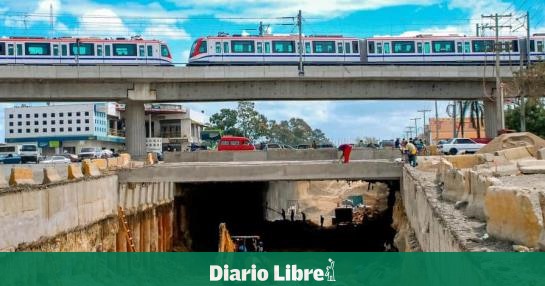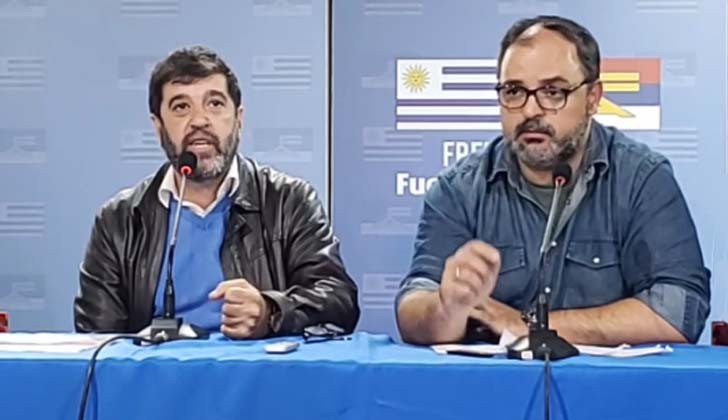The fiscal deficit is expected to be reduced from 2.7% to 2.3% of gross domestic product (GDP) during the 2021-2026 period, but the Dominican Republic needs more fiscal space for health services, social protection networks, public investments , the accumulation of reserves against natural disasters and to ensure a descending debt trajectory, raises the Group world Bank in their new report for the Country Alliance Framework with which they plan to invest 1.8 billion dollars in development projects.
After the effects caused by the covid-19 pandemic, the Dominican Government created an economic and social aid plan to help the population cope with the economic crisis that was aggravated by the war between Russia and Ukraine.
The set of measures aimed at reducing the impact on citizens’ out-of-pocket spending has consumed more than 11,000 million pesos in these first four months of 2022, more than was spent in all of 2021, when it was calculated that spending was for 15,000 million pesos, according to the Ministry of Economy, Planning and Development (MEPyD).
Despite the variation in the rhythm of the public spendingthe Minister of Economy, Ceara Hatton, assured that the development of the budget execution has been satisfactory and that the fiscal balance continues to be positive.
He clarified that, although the public spending has increased, so has tax revenue, so the fiscal deficit remains at -0.1% of GDP so far this year. “In week 17 that we have been, the fiscal balance has been positive, so so far we are doing well,” he said.
After presenting the new program for the economic transformation of the country, Marco de Alianza País, the official answered some questions to the press in which he estimated that the fuel subsidy has been “very strong” and that, if it continues like this, the Government will have to take borrowed.
“If we continue at this pace (referring to the fuel subsidy), it could represent a high in public revenue, so we will have to think of an alternative to be able to finance those resources,” he said.
Data provided by the General Directorate of the Budget (Digepres) on the subsidies covered this year, at the request of Free Journalindicate that the government budgeted 2,628 million pesos to subsidize Liquefied Petroleum Gas (LPG) to homes throughout this year, and as of April 22, it had already earned 1,532.8 million pesos of that amount.
Recommendation
The world Bank indicates in his study that a gradual elimination of subsidies in the energy sector, together with improvements in tax administration, can create space for public investments and to expand specific transfers, such as “Bonoluz”, a scheme to subsidize the consumption of 100 kW of electricity per month from the poorest households.
The institution points out that a neutral fiscal reform in terms of growth and equity will help the country address development needs and mitigate risks. “Such a reform could focus on spending efficiency, for example, improving procurement processes, simplifying the institutional architecture of the state, and reducing the duplication of social programs and agencies; and short- and medium-term debt management measures”.
It also stresses that tax reforms will also be needed, including phasing out income tax exemptions and improving property taxes. The testing of fiscal rules, followed by formal enactment, can guide these efforts.
However, to address development needs, additional reforms will be needed. At the same time, the public debt-to-GDP ratio is projected to stabilize at around 58% in the medium term, driven by strong growth and the expected gradual adjustment.
The international body warns that the debt ratio can easily be derailed by external shocks: a negative growth shock with a standard deviation of 1 would push debt back to 68% of GDP by 2023 and double gross financing needs from 6% to 12%. of GDP.
In that order, the document indicates that, added to the risks related to the tightening of global financial conditions, they could transform from a virtuous circle to a vicious circle: the debt ratio could increase instead of decrease, driven by the increase in instead of reducing interest bills.








